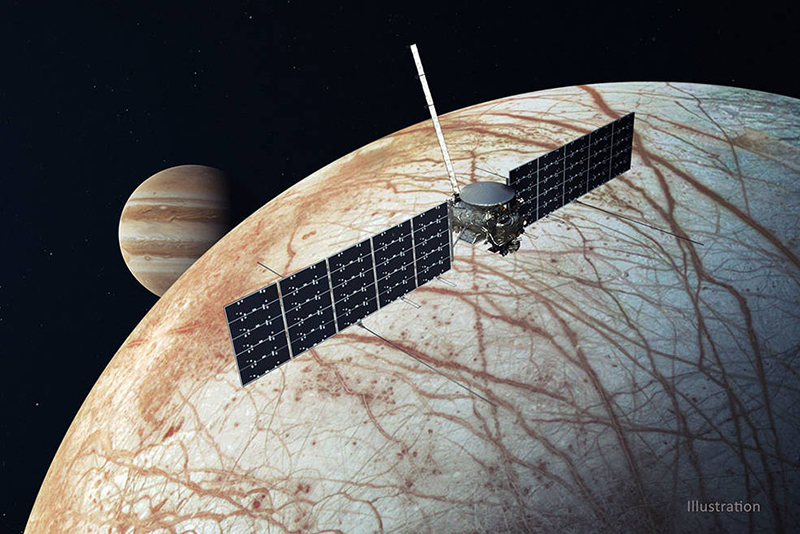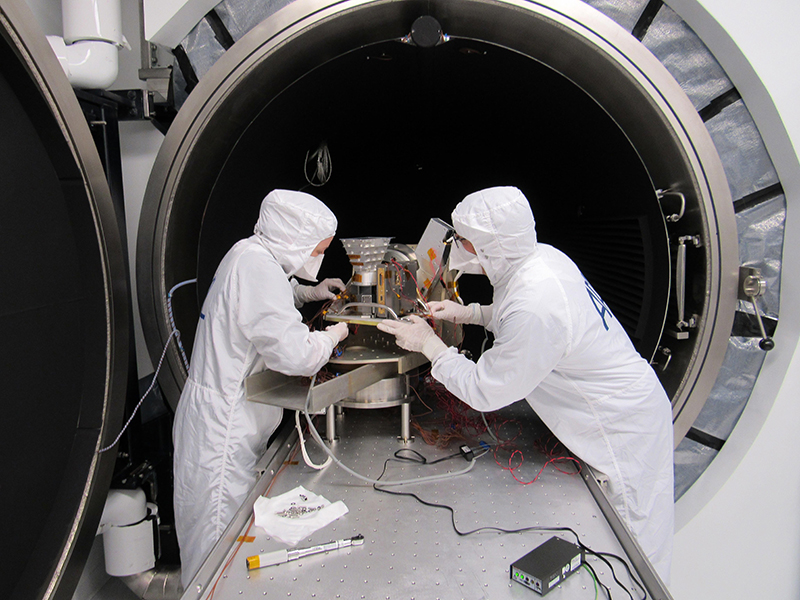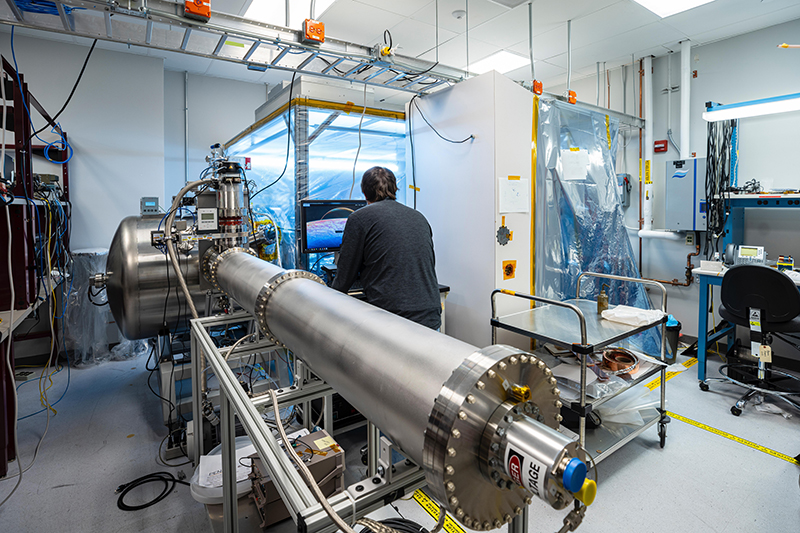News
Europa Clipper Builds Hardware, Moves Toward Assembly
Europa Clipper, NASA’s upcoming flagship mission to the outer solar system, has passed a significant milestone, completing its Critical Design Review.
During the review, experts examined the detailed design of the spacecraft to ensure that it is ready to complete construction. The mission — being developed by the Johns Hopkins Applied Physics Laboratory (APL) in Laurel, Maryland, and NASA’s Jet Propulsion Laboratory (JPL) — is now able to complete hardware fabrication and testing and move toward the assembly and testing of the spacecraft and its payload of sophisticated science instruments.
With an internal global ocean twice the size of Earth’s oceans combined, Jupiter’s moon Europa carries the potential for conditions suitable for life. But the frigid temperatures and the nonstop pummeling of the surface from Jupiter’s radiation make it a tricky target to explore: Mission engineers and scientists must design a spacecraft hardy enough to withstand the radiation yet sensitive enough to gather the science needed to investigate Europa’s environment.
The Europa Clipper orbiter will swoop around Jupiter on an elliptical path, dipping close to the moon on each flyby to conduct detailed reconnaissance. The science includes gathering measurements of the internal ocean, mapping the surface composition and its geology, and hunting for plumes of water vapor that may be venting from the icy crust.
Development of the spacecraft is progressing well, based on the intense examination NASA recently completed. The Critical Design Review was a deep dive into the specifics of the plans for all the science instruments — from cameras to antennas — and flight subsystems, including propulsion, power, avionics and the flight computer.
“We showed that our project system design is strong,” said Europa Clipper Project Manager Jan Chodas of JPL, in Southern California. “Our plans for completing the development and integration of the individual pieces hold together, and the system as a whole will function as designed to gather the science measurements we need to explore the potential habitability of Europa.”


